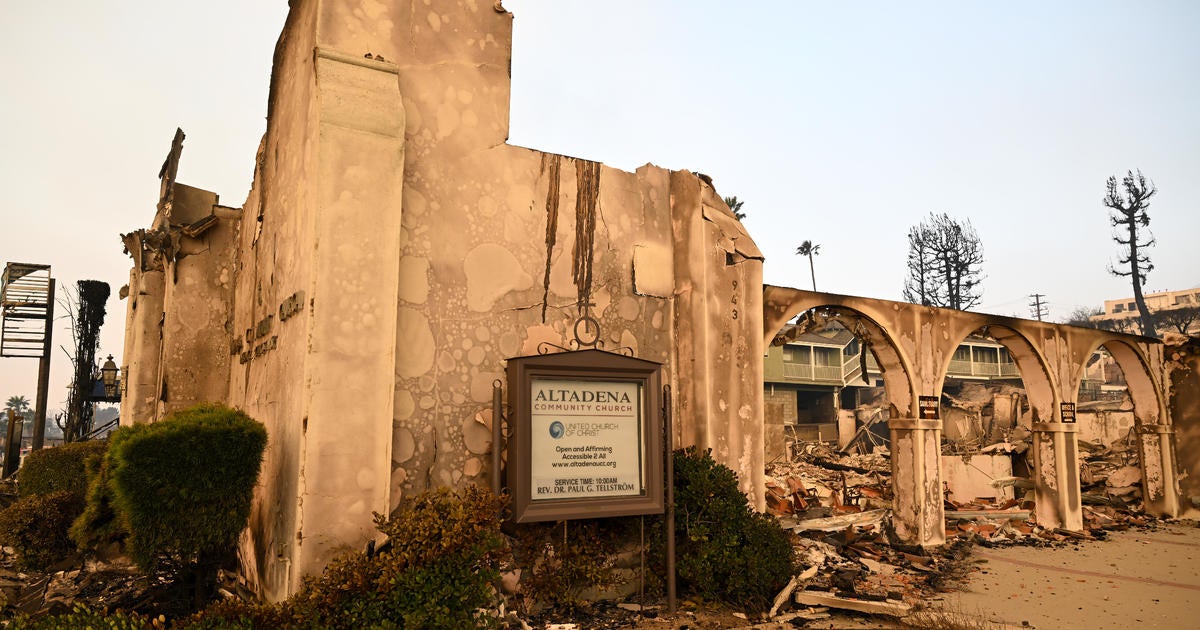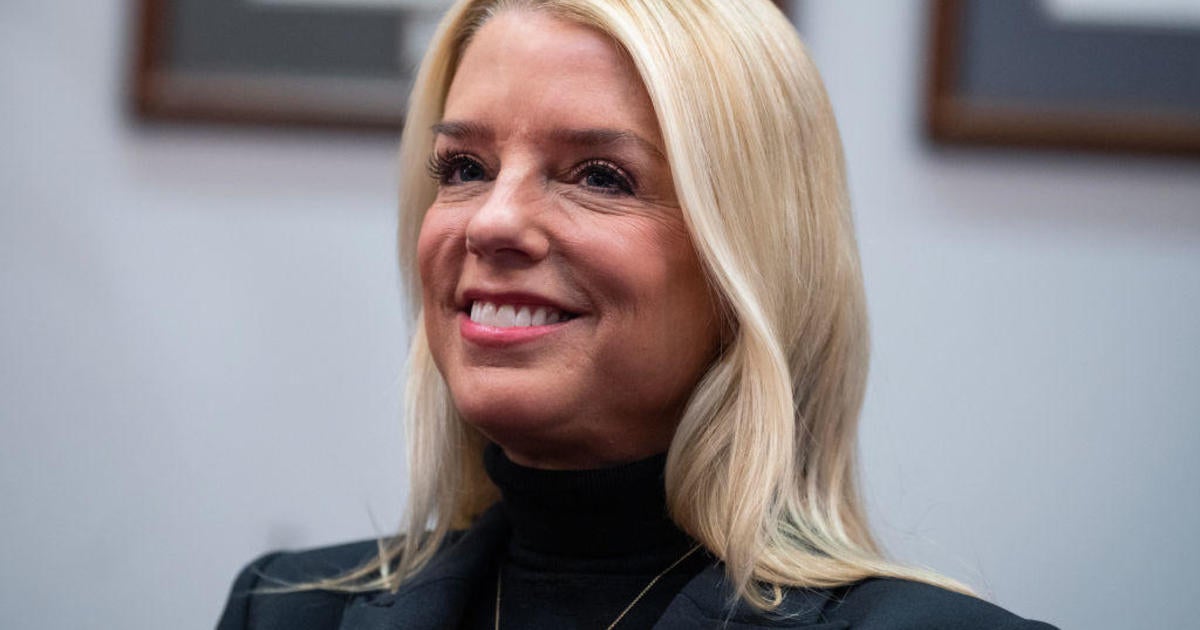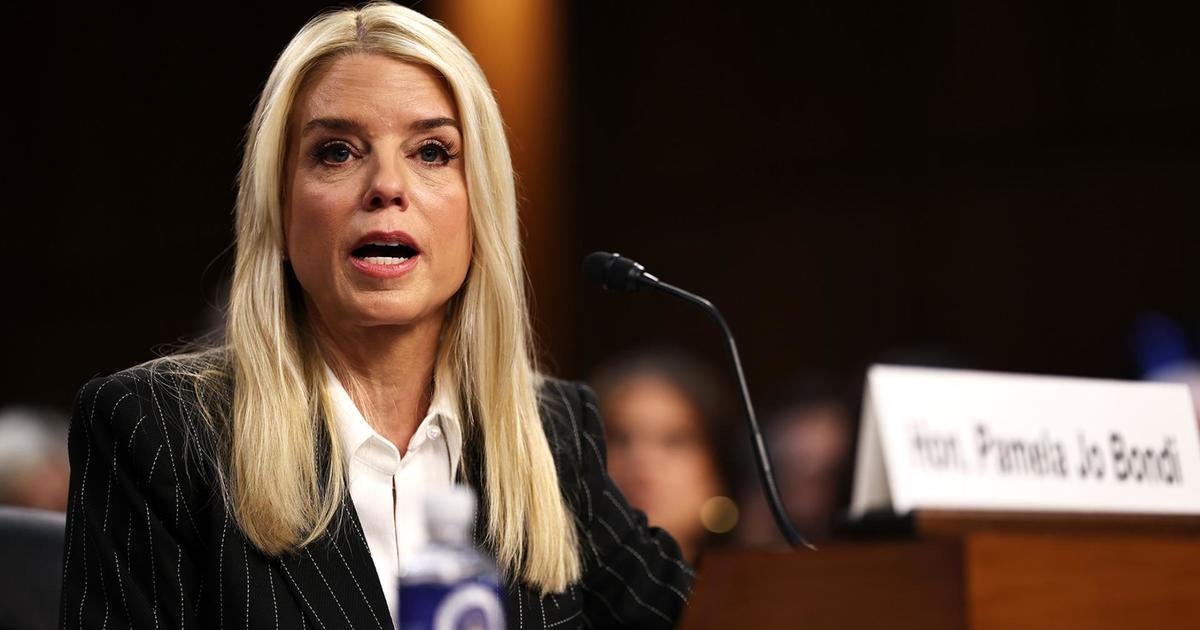L.A.-area families struggle without insurance
As disasters linked to climate change become more frequent in the U.S., homeowners across the country are paying the price through skyrocketing insurance costs — and not only in states like Florida and California that are considered most vulnerable to global warming.
The Los Angeles wildfires, which have decimated neighborhoods such as Pacific Palisades and Altadena, are focusing attention on a mounting insurance crisis that is particularly acute in states at greatest risk of wildfires, such as California, Colorado, Texas and Oregon. But the problem is reaching into almost every region of the U.S., including the Midwest, the Northeast and the Mountain states, according to analyses of insurance data.
Research shows that climate change is heightening the conditions that lead to fire-conducive weather, including drying out vegetation and constraining water supplies. Such conditions are in turn prolonging wildfire season as well magnifying the size and intensity of blazes.
“Serious pocketbook issue”
The average homeowners insurance premium jumped 33% from 2020 to 2023, rising from $1,902 per year to $2,530, according to 2024 research from economists at the University of Pennsylvania’s Wharton School and the University of Wisconsin. By comparison, inflation rose about 18% during that same time period.
Such costs have surged even more in parts of the U.S. prone to the kind of natural disasters that experts link to climate change. Homeowners in these states have seen their insurance premiums soar by about 50% over that three-year period, according to Benjamin Keys, a professor real estate and finance at Wharton and a co-author of the 2024 study.
Yet even property owners in states considered less vulnerable to climate disasters are now grappling with increased insurance costs and dropped policies — issues that threaten to undermine property values.
“We’re seeing it now for five years in a row — the increases in insurance costs — and they are correlated with increased severity of climate events,” Jeremy Porter, head of climate implications research at First Street, a non-profit research firm that models climate risks, told CBS MoneyWatch. “One thing that is surprising is that Kansas and Nebraska and theses places in the middle of the country are also seeing these huge increases in insurance.”
While the average U.S. homeowners insurance cost is now about $2,300 per year, Nebraskans pay an average of $5,700, while Oklahomans are shelling out about $4,800 annually — not far from Florida’s $5,500 average annual rate, Bankrate data shows.
Insurers are responding to the increasing frequency and intensity of wildfires, hurricanes and flooding by hiking premiums to recoup their payouts, researchers have found. In 2000, homeowners’ insurance costs represented about 7.5% of the typical mortgage; that figure had soared to 22% as of 2023, according to First Street’s research.
“That is a serious pocketbook issue,” said Wharton’s Keys in a Jan. 10 webcast to discuss the Los Angeles wildfires and insurance, about the rise in policy premiums. “That is the kind of thing that gets you around the kitchen table and say, do we need to move?”
Dropped policies from coast to coast
In some cases, homeowners aren’t only facing higher insurance costs, but also difficulties in even securing coverage.
Non-renewal rates have climbed sharply in California and Florida, where the so-called insurer of last resort — the states’ Fair Access to Insurance Requirements, or FAIR, plans — has seen a jump in enrollment. Thousands of homeowners in Los Angeles were dropped by their insurers last year, just months before the wildfires hit.
“It’s the fire hazard. It’s a fire danger, you know? We were in an area that they couldn’t provide insurance to any longer,” Jeff Cohen, whose Altadena, California, home was burned in this month’s fires, told CBS News about being dropped by his insurer prior to the disaster. He and his wife eventually found pricier coverage through the state’s FAIR Plan.
But it’s not only homeowners in states like California, Florida and Louisiana who are getting dropped by their insurers, according to a Senate Budget Committee report published last month. While most of the top 10 states for non-renewals by insurers were either coastal states or those prone to wildfire, Oklahoma also ranked high, likely due to “increasing winds and hail from severe convective storms,” the report found.
The next 15 states with rates of home coverage non-renewal include Midwestern states such as Nebraska and Ohio, as well as Mountain states including South Dakota and Montana, the analysis found. While non-renewal rates have more than tripled in Florida between 2018 to 203, Oklahoma isn’t far behind, with the rate of dropped policies nearly doubling over that time, the data shows.
“With a more volatile atmosphere, there is more latent energy in the climate, and we end up with more intense thunderstorms that produce heavy precipitation,” First Street’s Porter noted. “They are tied back to climate change, and the fact that the air temperatures are warmer and the sea is warmer, winds are impacted in a way that’s more volatile.”
Heavy rains in Vermont that led to damaging flooding in July 2024, as well as Hurricane Helene’s devastation in parts of North Carolina last year, are illustrative of these more damaging weather events, Porter noted.
“Notably, the data make clear that insurance non-renewals are not only a problem for communities typically seen as being on the front lines of climate change,” the Senate report said. “Florida, California, and Louisiana have been seen as the canaries in the coal mine.”
The ressearchers added, “[P]laces such as southern New England, parts of Montana, New Mexico, coastal and inland North Carolina, and South Carolina, among others, are not far behind.”
Property values at risk?
Most Americans in the U.S. who own a home also have property insurance because such coverage is required by mortgage lenders, which mandate the policies to secure their investments against damage from theft or accidents like storms or falling trees.
But as climate-related disasters proliferate, insurers are readjusting their risk models and boosting premiums to cover their need for increased capital reserves as well as to buy more reinsurance — basically, insurance provided to insurers by other carriers, according to the Brookings Institution.
As wildfires, hurricanes and other weather events become more intense due to human-caused climate change, it’s likely that insurance access and affordability will also worsen, the Senate report predicted. In some extreme examples, property values could plummet if those areas become uninsurable, an issue that’s already hit some communities vulnerable to wildfires and other weather disasters.
U.S. homeowners burdened by heavy insurance costs are unlikely to see any relief anytime soon, according to experts.
“We’re in the middle of insurance price corrections — they will continue until insurance companies are able to be profitable,” Porter said. “Really no matter where you are across the country, there is some climate hazard that you are exposed to.”










